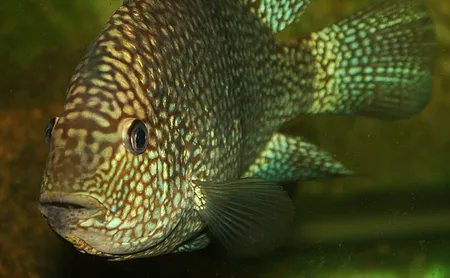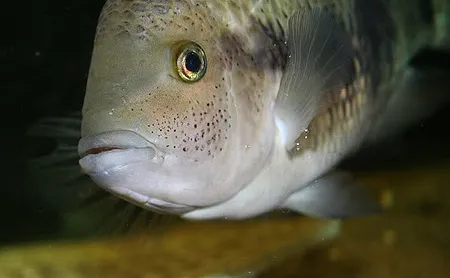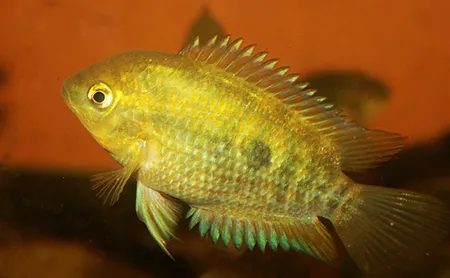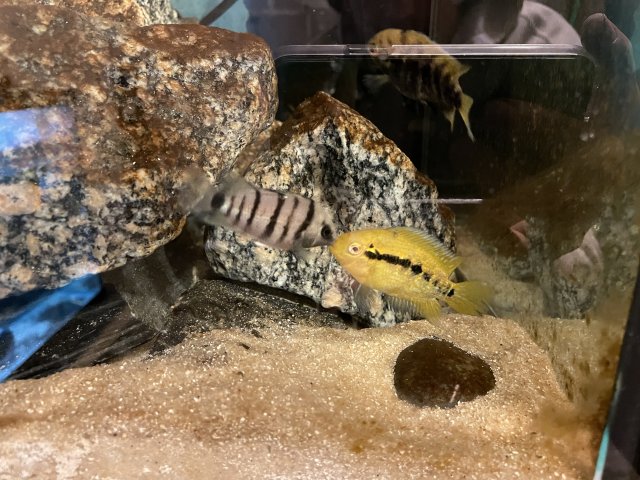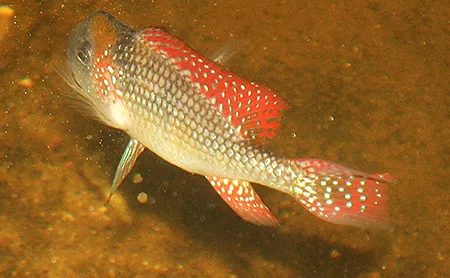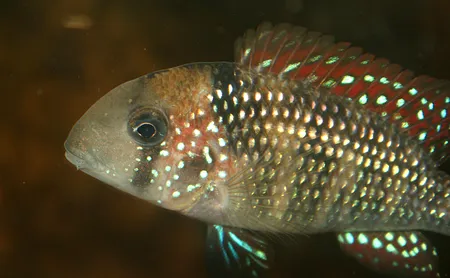So with herotilapia multispinosa, the fan favorite rainbow cichlid, I have seen a wide variety of colors, ranging from red-oranges, to just pale oranges, to what I can only describe as the dandelion color from the crayon boxes I had as a kid, to lemon yellows. Not to mention the variety in the density of their striping, or lack thereof, and the blue or sometimes green blotch on their abdomen. The cherry on top of all of this being the red and white eyes. Oh and not to mention the female I won in an auction, who I affectionally call the sh*t log cichlid, because she is the furthest from any color on the rainbow- she is brown.
Anyway, what is with all the variety? I have heard things thrown around like the more landlocked the population is, the more orange it is, and how wild populations naturally have red eyes, so if yours have red eyes they're closer to wild populations. The latter has been debunked for the most part, but then that begs the question, does anyone know where all these specific varieties come from? The orange ones with blue bellies I've seen as "costa rica" or something like that, but the ones Maxim Savchuk collected from Rio San Juan were Almost the opposites, having red eyes and dandelion colored bodies with pale lateral striping.
(main thing I want to know is where to get orange ones)
Anyway, what is with all the variety? I have heard things thrown around like the more landlocked the population is, the more orange it is, and how wild populations naturally have red eyes, so if yours have red eyes they're closer to wild populations. The latter has been debunked for the most part, but then that begs the question, does anyone know where all these specific varieties come from? The orange ones with blue bellies I've seen as "costa rica" or something like that, but the ones Maxim Savchuk collected from Rio San Juan were Almost the opposites, having red eyes and dandelion colored bodies with pale lateral striping.
(main thing I want to know is where to get orange ones)




